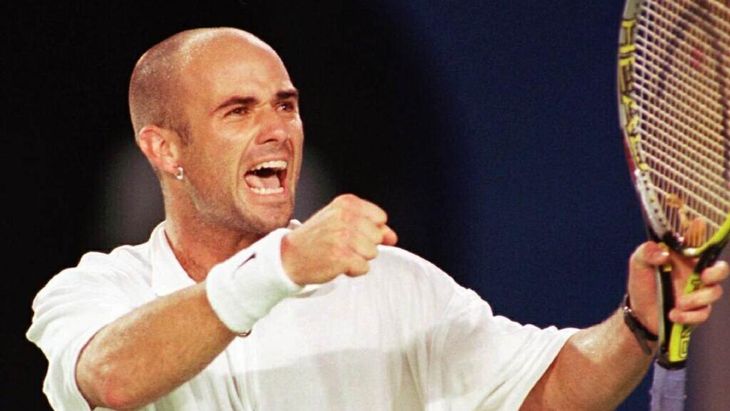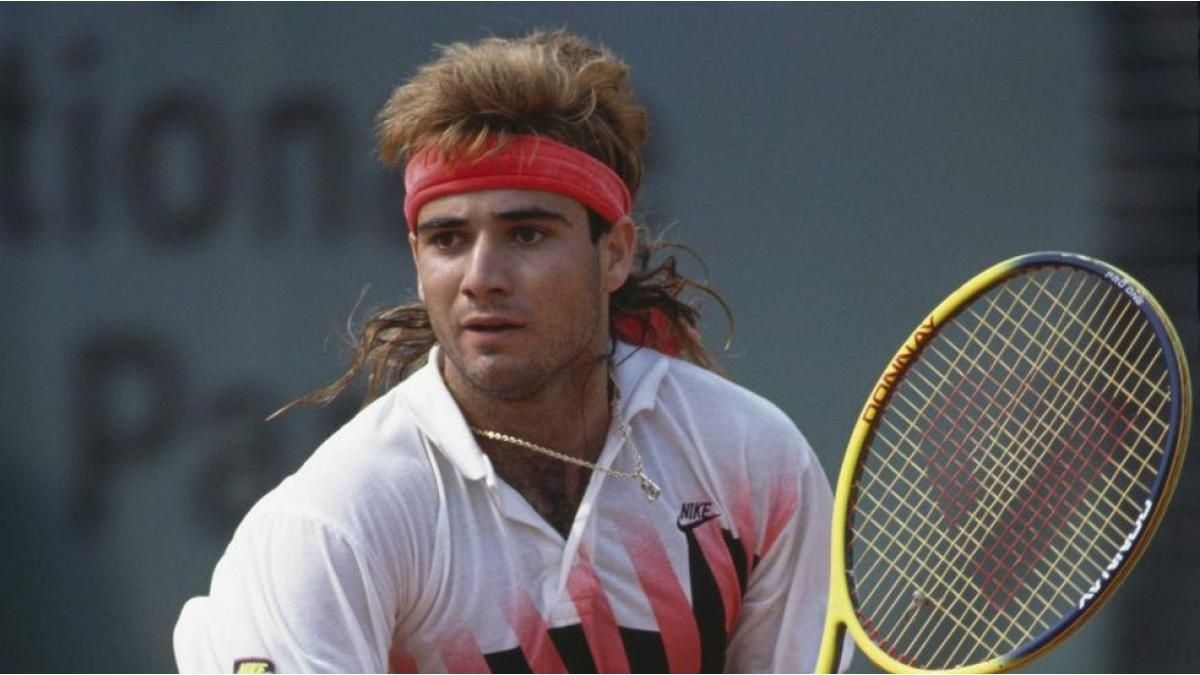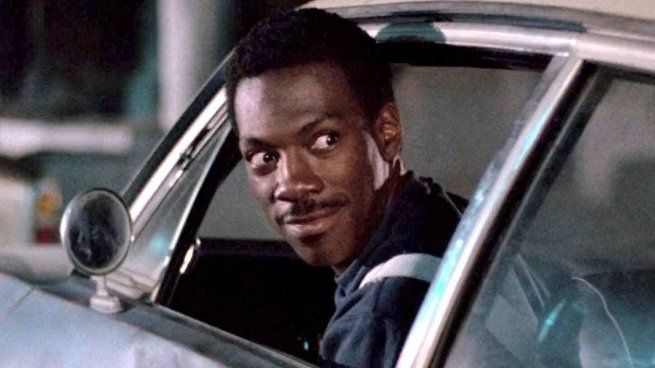Andre Agassione of the most emblematic names of world tennis, reached the top of sport, but did it with A conflictive relationship. His autobiography, “Open,” revealed the paradox of a man who He lived most of his career full of frustration and misfortune. Through his words, the athlete explains his internal conflict: the love for victory and deep hatred of the game.
The American led his personal and professional life to the limit, showing how the passion for success was combined with contempt for the activity that made him a global superstar. Its history, marked by ups and downs, reflects an emotional trip where Gloria was not enough to fill the void he felt inside.
Andre Agassi-1.jpeg
Despite winning eight Grand Slams, Agassi confessed that he could not satisfy his success.
Andre Agassi’s career
When Andre Agassi broke into tennis, he did it with an image that broke with everything established. His blonde hair, short jeans and rebel attitude made him look more like a member of a rock band than a professional athlete. However, their style and personality marked a before and after in the history of this sport. Throughout his career, the American won respect for his indisputable talent, but his life on the courts was not simple.
In his early years, Las Vegas tennis player crossed a series of ups and downs that led him to get Eight Grand Slam and stay like world number one for 30 weeks. In spite of this, his path was marked by a constant internal struggle that he himself exposed with crudeness in autobiography.
Beyond the titles, Agassi was clear that his victories were only the tip of the iceberg. The pressure of staying at the top, the public’s expectations and their constant search for perfection They led him to have a distorted relationship with tennis. Therefore, the activity seemed to be more a burden than a true passion.
Andre Agassi-2.jpg

In 1995, Andre Agassi became the number 1 in the world, but felt an inexplicable vacuum in his life.
Why Agassi hated tennis
Despite the achievements, Andre Agassi made it clear in his autobiography that his love for the sport that made him worldly famous never existed. “Game to tennis to make a living, although I hate tennis, I hate it with a dark and secret passion, and I have always detest it“He confessed. In the pages of” Open, “said one of the biggest paradoxes: a player who reached the top hating the sport that took him there.
In his story, the American reveals how, in many moments of his career, he felt more trapped than complete. A key example of this was His obsession with his appearance: When he began to lose his hair, he turned to wigs, playing even a Roland Garros final with terror to fall, something that limited his performance. What many saw as a whim of rock star, he saw it as a way of hiding from the world and avoiding being vulnerable.
Emotional suffering was also reflected in his life outside the courts. After becoming the number 1 in the world in 1995, Agassi walked through the streets of Palermo, in Buenos Aires, wondering about the meaning of his success. Despite having everything, he felt empty. “If being number one makes me feel that way, what is the point of being?”
But despite this internal conflict, the tennis player He found his purpose by founding Andre Agassi College Preparatory Academya school for low -income children in Las Vegas. This project gave a new meaning to his life and his relationship with tennis, since he could use his fame and resources for something much greater than his sports achievements.
Source: Ambito
I am Pierce Boyd, a driven and ambitious professional working in the news industry. I have been writing for 24 Hours Worlds for over five years, specializing in sports section coverage. During my tenure at the publication, I have built an impressive portfolio of articles that has earned me a reputation as an experienced journalist and content creator.




